Yes, you read that right we have a stinging tree in Queensland. It’s not just a bit “ouch” it’s more searing blinding agony that can persist for months. It’s not going to kill you with venom, but suicide could sound like a good option. Yes, it’s that bad. This post is about Gympie Gympie, the stinging tree or suicide plant of Queensland (and parts of New South Wales) Australia. Plus a few other local dangers or hazards.
First up, I’ll tell you not to worry, I lived in Far North Queensland for 7+ years and only met one woman who had been stung.
A tiny accidental touch to her finger caused her pain which she described as way, way, worse than labour. And she was in labour for 3 days.
We did, many years after I published this post, find a Gympie Gympie plant in our garden on the Atherton Tablelands.
The photos of this Gympie Gympie are in this post.
So it’s not something to be blazé about, but the Australian stinging tree is real and you do have to think about it. You may see warning signs like this in Qld.
The Stinging Tree
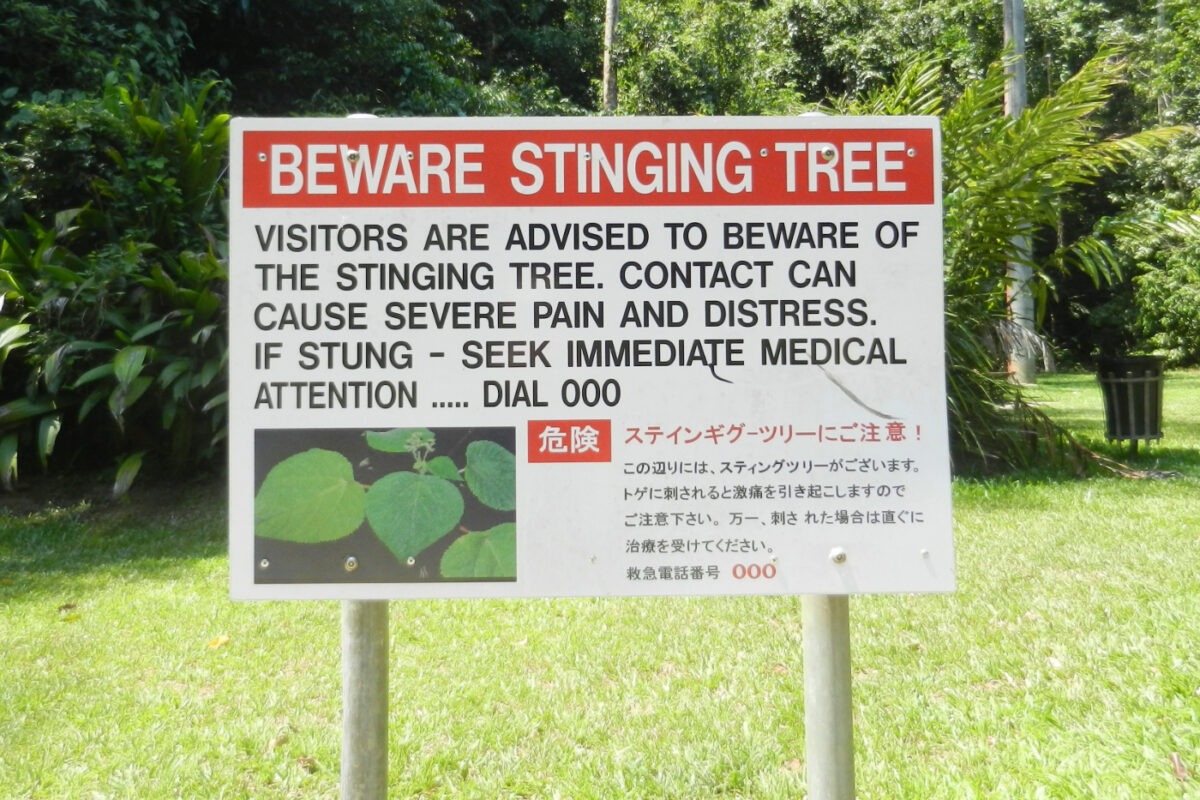
If you’d like to see a living specimen of a stinging tree, last time I was visiting Port Douglas, there was a small specimen at Cairns Zoom and a healthy-looking stinging plant at Hartley’s Crocodile Adventures.
You can find this plant in the forest surrounding Mossman Gorge, Crystal Cascades, and Lake Tinaroo.
You could possibly bump into it just about anywhere, so exercise caution if you’re tempted to leave paths or visit the Daintree without a guide.
Also known as Gympie Gympie, the plant’s Latin name is Dendrocnide Excelsa or Dendrocnide Moroides, and is a member of the Urticaceae (stinging nettle family).
I have no idea why I’ve been able to find two different names listed, both claimed as being the stinging tree. For more on our herbivorous hazard, check out the video below.
The photo below is of a plant we found in our garden in Queensland. We haven’t got a firm ID on it, but we think it is very likely to be Gympie Gympie. If you know for sure, please do tell us in the comments.
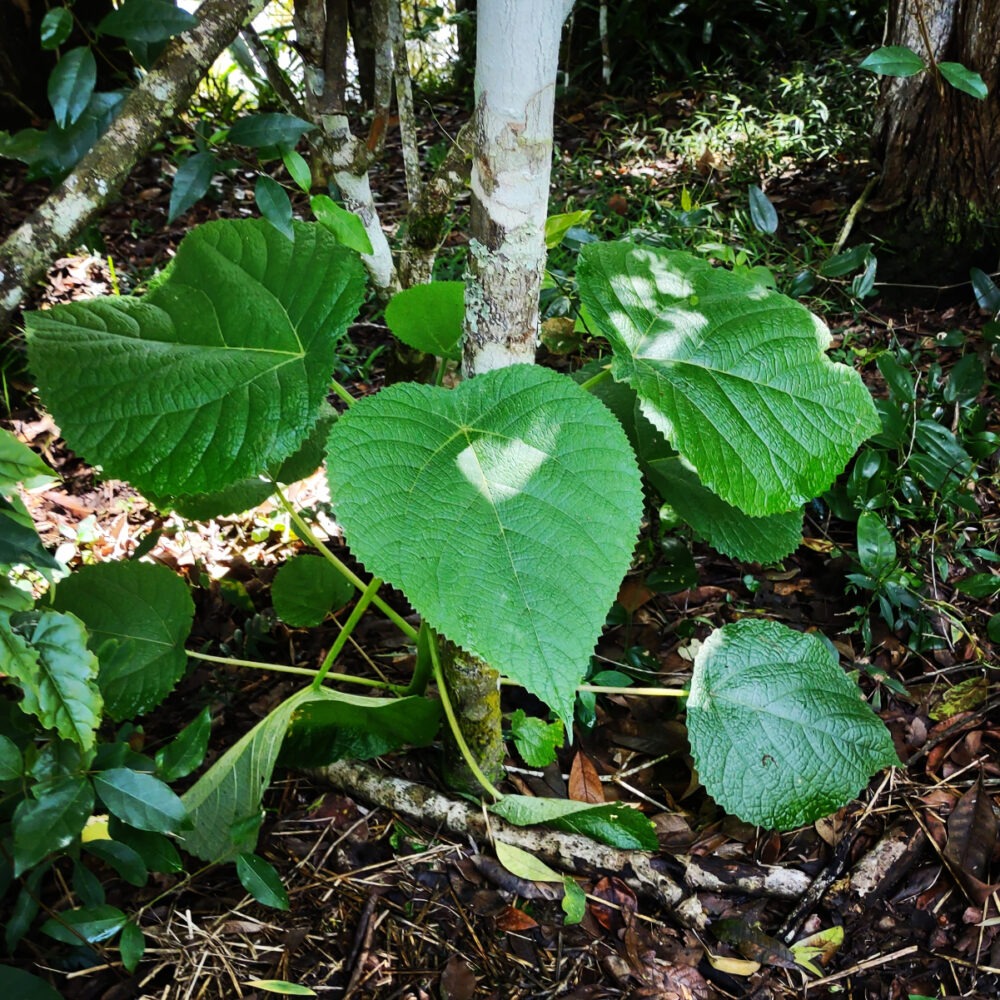
Other Hazards in Far North Queensland
Obviously we have saltwater crocodiles, you could find them in just about any body of water. They tend to hang about on our golf courses in Port Douglas.
Sharks aren’t really a problem but you’ll likely see some small not-so-dangerous ones on your Great Barrier Reef tour. Great Whites are a cold-water fish, you’d be very lucky to see one in tropical Port Douglas.
There are bull sharks in the Daintree River, and possibly elsewhere.
Rare and endangered, but nonetheless dangerous, are cassowaries.
Sightings are fairly common in the Daintree Rainforest, there are also a few in the hills behind Port Douglas. They can famously disembowel you with their feet.
We also have our fair share of snakes and spiders, including tarantulas and of course the marine stingers which enter our coastal waters during stinger season.
There are both venomous snakes and large pythons.
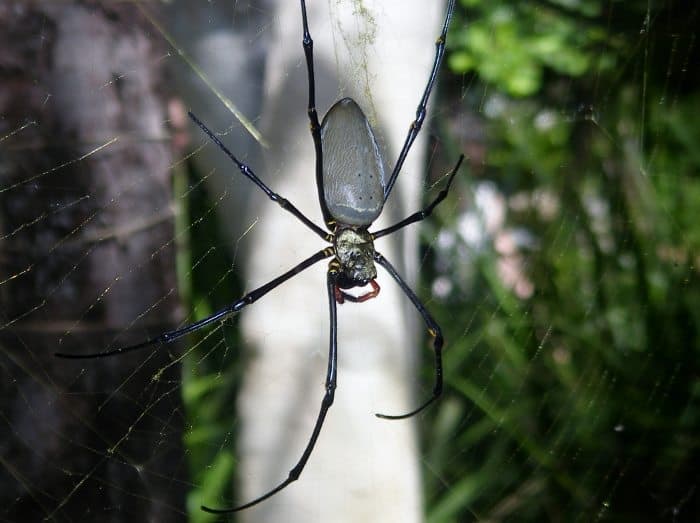
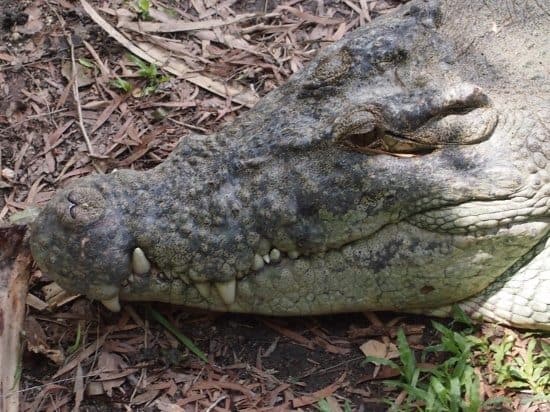
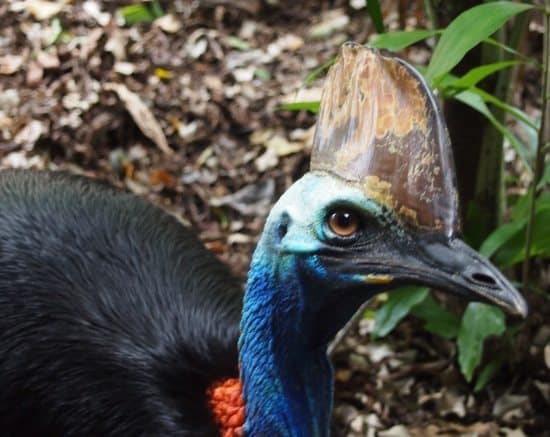
But don’t worry, honestly, the streets of Far North Queensland aren’t littered with disembowelled, bitten, dismembered or envenomed corpses. Most people come out alive! It’s a beautiful part of the world. Are you brave enough to come visit?
If you'd like to hire a car during your stay, use this car rental comparison tool to find the best deal!
We also suggest you take a look at this company to get a quote for all kinds of the more tricky adventure or extended travel insurance.
Try Stayz / VRBO for an alternative way to find rentals on homes/apartments/condos in any country!

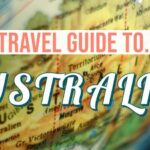



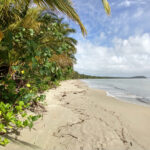

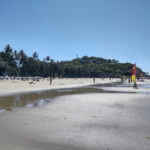
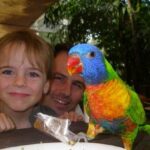
Hi, many thank a lot for this article. We travel many times and Queensland is without doubt a dream destination. And after reading your article it appears like Queensland shall be our next trip but with a mindful eye. Really very helpful 🙂
Seeing those “dinner plate” size spiders really creep me out!! For us Americans in the northern parts, we just aren’t accustomed to those steroid sized insects, Yikes.
Me too! I had one on my arm once when riding through the jungles of Thailand on an elephant, we were right up at web height…ugggg